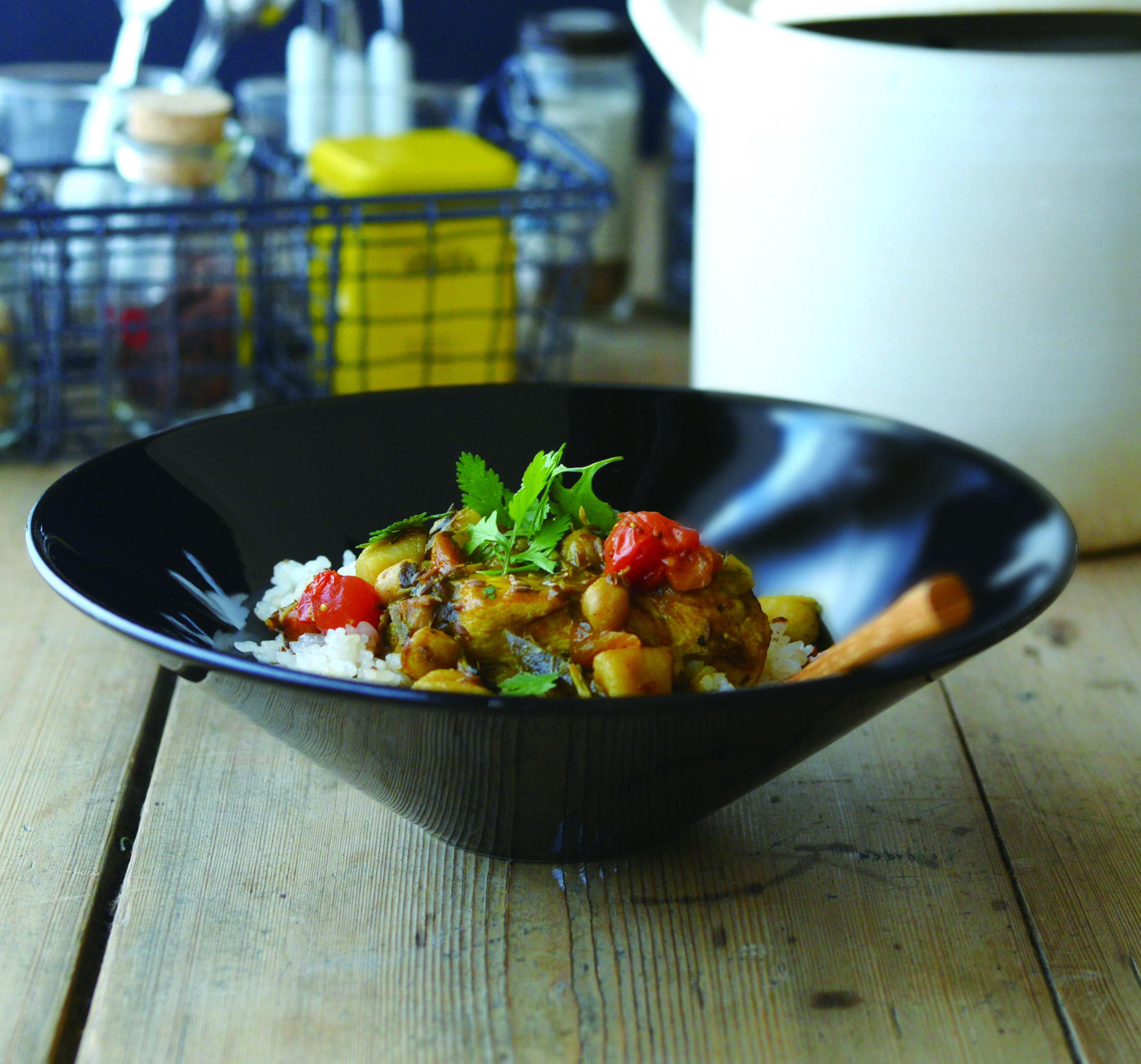当日発送について
平日(営業日)の12時までにご注文が完了したご注文で、以下の条件に該当するご注文を当日配送いたします。
◯ご注文いただいた商品の在庫がすべてある場合。
◯お支払方法がクレジットカード決済か代引きの場合。
◯定休日はではない。
※受注状況や確認事項の有無などにより、お時間をいただく場合がございます。
定休日のご案内
土日祝日、お盆、年末年始などは出荷業務をお休みいたします。
Now Loading...
平日(営業日)の12時までにご注文が完了したご注文で、以下の条件に該当するご注文を当日配送いたします。
◯ご注文いただいた商品の在庫がすべてある場合。
◯お支払方法がクレジットカード決済か代引きの場合。
◯定休日はではない。
※受注状況や確認事項の有無などにより、お時間をいただく場合がございます。
土日祝日、お盆、年末年始などは出荷業務をお休みいたします。
みなさん、サラダボウルはお持ちですか?
サラダボウルとは家族分のサラダを盛れる大きめのサイズの器のことです。
サラダを盛り付ける時にいつも私が考えるのは、「もうちょっと可愛らしくサラダを盛り付けられたらなあ」ということ。
今日はそういった悩みをかなえてくれるサラダボウルのご紹介です。

まずはその形から。
ポイント① サラダを美しく見せるカタチ
この真っ直ぐに立ち上がった形。

こういう真っ直ぐな立ち上がりの事をすり鉢状といいます。
このような形になっていると、どんなメリットがあるのでしょう?
それは、丸みのあるボール形状のサラダボウルと比べると、盛るときに「お料理が中央に集まりやすくなる」んですね。
そうすることで、意識しなくても自然と料理に高さが生まれ、盛り映えするカタチになるんです。
サラダって盛り付けるとき、盛り面の底が平らな器や丸い器だと高さやボリューム感を出すのって難しいんですよね。
どうしてもぺたんとして平面的になりがち。
特に葉野菜など薄い形状で形が変わってしまいやすいものでもボリューム感を出せるのは、クミンのような形だからこそできることなんですよ。
盛りつけが苦手な方でも、あまり意識せず盛ってもサラダを見栄えよく見せられる、これってとっても魅力的ですよね。
私もサラダの盛り付けはいつも苦労していますが、
クミンを使うと、なんだかサラダをつくる時間が楽しくなるような気がします。
そして、もう一つの魅力。それはクミンの色合いです。
ポイント② サラダをやさしく引き立てる色
サラダボウルというと、白い器を持っている方が多いのではないでしょうか。
それはきっとサラダには様々な色の野菜が入っているので、それぞれの色を引き立たせる色というと、結局シンプルな白が一番使いやすいですよね。。
ただ、クミンの白色(クレーム)を見てみてください。
単色の白ではなく、黄色い色合いも混ざっていますよね。
これが先ほどポイントで言っていた"やさしく"という所です。
皆さんもなじみのある白い器というと、磁器製の白く透き通った、上品な白を思い浮かべる方も多いと思います。
ただ、クミンの白はサラダをもっとナチュラルに家庭的に見せてくれます。

その秘密はクミンの素材にあります。
クミンって触ってみると、表面が滑らかなことから磁器や半磁器の素材と間違えそうになりますが、実は陶器なんです。
肉眼では分かりづらいですが、陶器の土は磁器土に比べ、土の目が粗く、水分を吸いやすいんですね。
これにより、生産過程で釉薬をかけるときに釉ムラが出やすく、それが豊かな表情となってあらわれるんです。
特にクミンの白であるクレームは刷毛で塗っているため、渦を巻くようにしましまの模様にムラができています。
黄色っぽい土本来の色がところどころ透けて見えていますね。
このムラのある表情こそが、家庭の普段の食卓により馴染みやすくしてくれているんです。
また、クミンには全部で他にも4色のカラー展開があります。使いやすい白はもう持ってるよという方は他の色合いにもチャレンジしてみてくださいね。
グラッセ

クミンの中でもっとも色のムラ感が大きく出るグラッセ。サラダやソースの"白色"ととても相性が良いです。
ショコラ

一見暗そうに見えるショコラ。実はどんな色も映えさせてくれる名脇役です。
ターメリック

また陶器土ならではのやさしく落ち着いたイエローは、黒オリーブにチーズドレッシングをかけて、南仏風に
ニース風サラダなどオススメです。
オリーブ

やさしい緑色の濃淡が美しいオリーブ。意外にもサラダのグリーンともよく合うんです。
これから色々な旬の野菜が採れるようになる季節。
一足先に、サラダボウルを考えてみてはいかがですか?